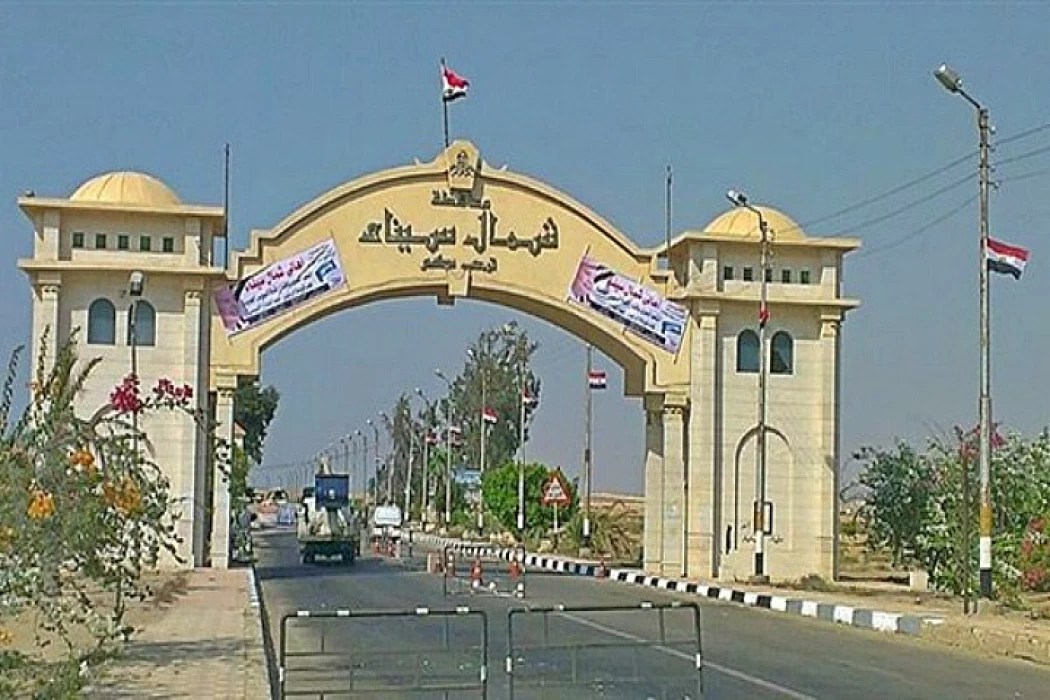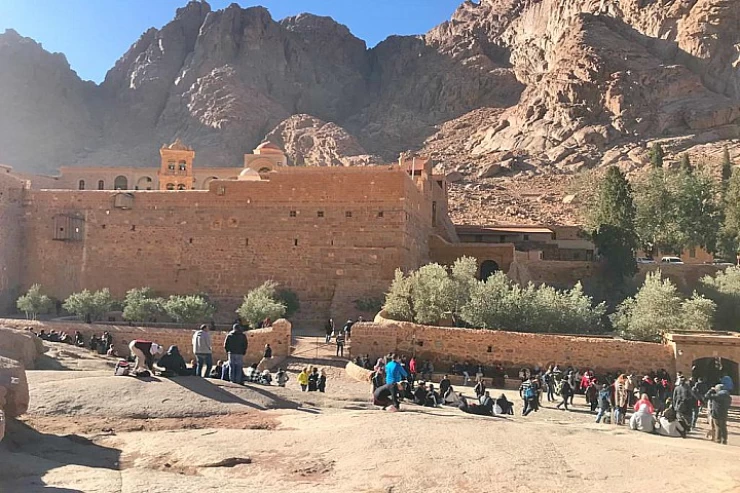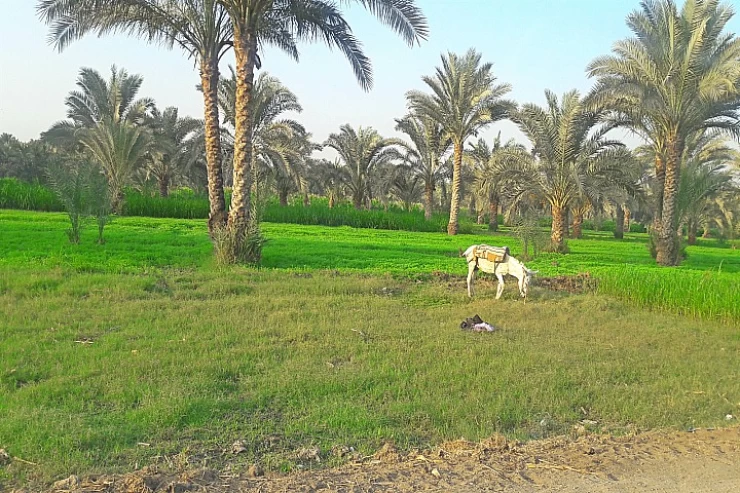
North Sinai Governorate | Red Sea Attractions
North Sinai Governorate
The North Sinai Governorate is blessed with a wide variety of tourism ingredients, including desert landscapes and picturesque beaches that stretch to the Mediterranean Sea. Its unique climate is further enhanced by the presence of numerous historical and religious landmarks as well as natural environmental elements that lend themselves to various forms of tourism.
Stretching 220 km along the Mediterranean coast, the governorate is home to numerous beaches with soft, calm sand and picturesque scenery. Some of the most significant beaches are Nakheel, Masaeed, Al-Risa, Al-Maidan, Rafah, Sheikh Zuweid, Balouza, Rummana, and Al-Riwaq.
The most prominent archaeological areas include the Sinai Heritage Museum, the Al-Farma Archaeological Zone, the ancient city of Al-Farma (Pluzium), one of the most important historical cities that witnessed great prosperity in the Greco-Roman era, the Arish National Archaeological Museum, Nakhl Castle, Al-Ghuri Castle, and Sultan Suleiman the Magnificent's Castle.
There are also a number of historical roads, including the Horus Road, on which the great kings of Egypt built castles and fortresses to supply the armies with supplies and materiel, the Holy Family Road, and the Islamic Conquest Road, in addition to a number of ancient hills, such as Tell al-Kharouba, Tell al-Habwa, Tell Qasrawit, Tell al-Hair, Tell al-Farma, and others.
In addition to a number of ancient hills. The ruins of an adobe citadel dating back to the New Kingdom, which was on the Horus War Road and was one of the important centers for supplying armies with supplies, were found in Tell al-Kharouba in North Sinai, in the Bir al-Abd area the remains of grain silos from the 18th Dynasty, and in Tell al-Habwa the ruins of castles dating back to the period of the Hyksos occupation of Egypt, and another dating back to the era of King Seti I, father of the great King Ramses II, were found there.
The governorate has many environmental activities and a number of natural reserves, including the Ahrash Reserve and the Zaranik Reserve, which is considered one of the main important stations for the migration of birds from Central and Eastern Europe on their way to Central East Africa and is characterized by the presence of various types of pastoral and natural plants and grasses, and there is the Sheikh Zuweid Sabkha, which is considered an attraction for winter birds. The governorate is characterized by handicrafts, camel races, popular foods and folklore.
















